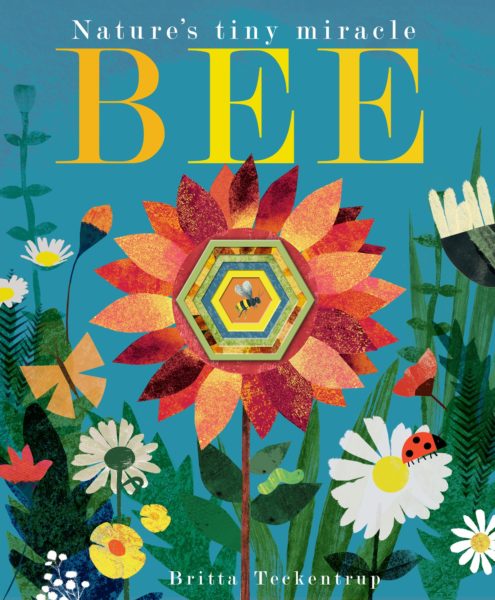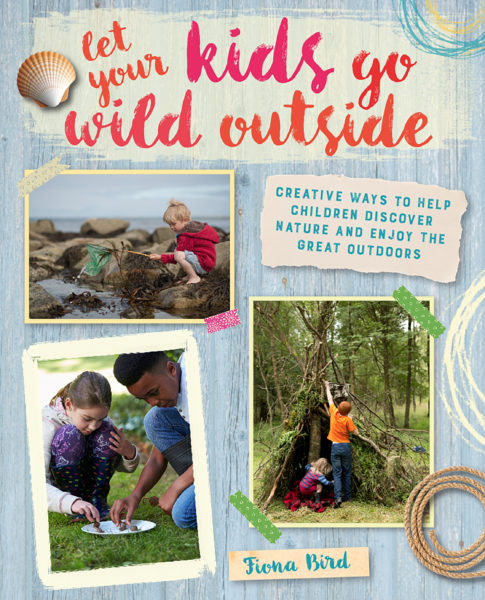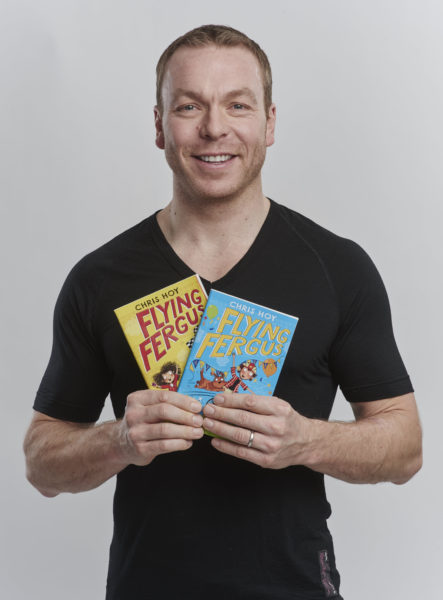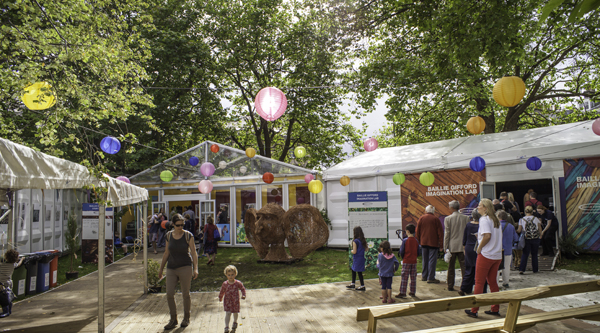This resource is great for:
Getting your class thinking about the environment, and their effect on it.
Summary:
Ideas for cross-curricular work on the environment for primary school classes, taking inspiration from books and author events in the 2017 Baillie Gifford Schools Programme. Areas covered include wildlife, recycling, plants and sustainable transport.
“We do not inherit the earth from our ancestors, we borrow it from our children.”
Native American proverb
Introduction:
We’re very proud of our green credentials at Edinburgh International Book Festival and there are lots of events in our Schools Programme which would be perfect for eco-schools across the country to learn more.
“Be the change you want to see in the world.”
Mahatma Gandhi
Activity – Going Green
Part One – Sharing our Planet
Lots of books in the Schools Programme focus on our animal friends, and their importance in the fragile ecosystem:
- Ollie and the Otter by Emily Dodd (see p.11 in the Schools brochure)
- Bee: Nature’s Tiny Miracle by Britta Teckentrup (see p.15 in the Schools brochure)
- Polly and the Puffin by Jenny Colgan (see p.19 in the Schools brochure)
- Beetle Queen by M G Leonard (see p.30 in the Schools brochure)
Pick one of the books listed above and talk about the animals or birds featured. Imagine you are one of the animals – think about how you would spend your day. Where would you live? What would you eat? What would make you scared? Draw the food chain or lifecycle of your animal.
Talk about the ways in which humans and animals interact. Discuss food chains and what animals do for us, then talk about how we can help or hinder animals and their environments. This can lead to work on endangered species both in the UK and abroad.

Part Two – Reduce, Reuse, Recycle
In the UK, we generate enough waste every hour to fill the Albert Hall. Talk with your class about rubbish and recycling and the effect it has on wildlife, the oceans and our environment. Then try some of the following ways to reduce your impact:
- A plastic bottle takes 450 years to degrade. Try to use reusable bottles, containers and bags rather than single use packaging. At school events, where it’s not possible to use ceramic or glass use biodegradable cups and plates.
- Make sure everyone in your school knows how to recycle by clearly labelling the recycling bins in your school. Label rubbish bins with ‘Landfill’ and challenge each class to see who can have the smallest bag of landfill waste at the end of each week. Give the winning class each week a prize!
- Do a litter pick in your school grounds or a nearby park or beach – volunteer or organise your own.
- Have a clothes swap or collect items such as old books, DVDs and toys to sell at a school fundraiser. What’s old to you is new to someone else.
- Go to your local supermarket and talk about packaging and how wasteful it is. Then write letters or talk to the store manager about why you would like to reduce packaging.
- Make recycled art. Collecting cardboard boxes and plastic packages makes you aware of how much packaging we use, and using them as art materials gives them a second life (just make sure you recycle them when you’re finished!)
Useful books to get you started:
Brownyn Houston (see p.22 in the Schools brochure) and Britta Teckentrup (see p.15 in the Schools brochure) both produce picture books which feature collaged animals and natural scenes. Why not try recreating these using recycled materials?
Out of the Box by Jemma Westing has lots of ideas for recycled crafts for children.

Part Three – Green Fingers
Teach your class about the natural world and food production by growing your own plants.
Start small by planting cress seeds on damp cotton wool (or even in old egg shells which you’ve decorated). It’s very easy and you can enjoy your crops in a sandwich at the end! Lots of vegetables and herbs can be grown from cuttings, for example if you put the top of a carrot or the stalks of herbs in water, they will sprout again.
If you’re feeling more adventurous, why not plant a tree or start a school garden? It’s a great way to learn about plant lifecycles, the seasons, food production and the environment. Collect food waste into a compost bin and soon you’ll be gathering your own crops to cook and eat.
Use your plants to talk about health and wellbeing and the importance of eating fruit and vegetables. Introduce the impact meat and dairy farming has on our environment. Farming animals for meat (and the food which we feed them) account for around 20% of greenhouse gas emissions – more than all of our cars, planes and other transport put together!
Useful books to get you started:
Fiona Bird’s Let Your Kids Go Wild Outside (see p.27 in the Schools brochure) has lots of recipes and ideas of ways to use what you grow or forage.
Britta Teckentrup’s Tree: Seasons Come, Seasons Go (see p.15 in the Schools brochure) shows the lifecycle of a tree.

Part Four – On Your Bike!
What better way to encourage your class to use sustainable transport than by hearing from Olympic gold medalist Chris Hoy? Chris’ Flying Fergus books are a magical cycling adventure series, while his non-fiction title On Your Bike is the perfect guide to cycling for children. Take inspiration from Chris and make you own cycle challenge or dedicate a day or week where all pupils and staff get to school by bike, on foot or by public transport. For details on Chris’ event, see page 10 in the Schools brochure.

Further information:
You can find more information on all of our schools events in our 2017 Schools brochure.
Our Career-long Professional Learning events also aim to give you inspiring new ideas to try out in the classroom. Why not come along to the following event:
The Word Scientific (21 August) – A group of leading experts take part in a discussion on how to get children engaged with reading and writing about science and scientific concepts.
More information on our CPL events can be found here: https://learning.edbookfest.co.uk/cpl/
